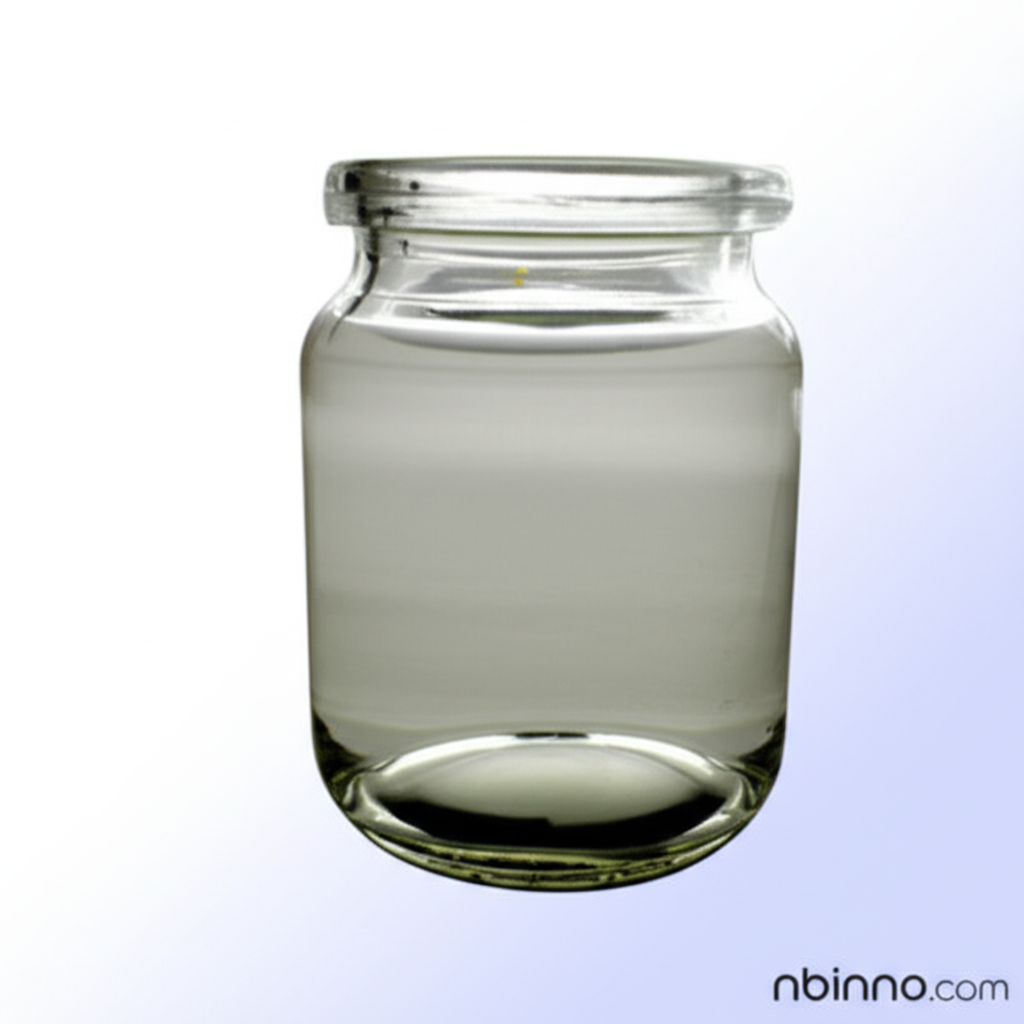Tris(1-Chloro-2-Propyl) Phosphate: Properties, Applications, and Safety Guide
Discover the essential role of this key flame retardant in modern materials and industrial processes.
Get a Quote & SampleProduct Core Value

Tris(1-Chloro-2-Propyl) Phosphate
This essential chemical compound, Tris(1-Chloro-2-Propyl) Phosphate (TCPP), is a widely utilized organophosphate flame retardant. Its primary function is to impart fire resistance to a variety of materials, making them safer for use in diverse applications. It is known for its effectiveness in reducing flammability and is a critical component in many manufacturing processes.
- Understanding TCPP chemical reactions is crucial for optimizing its application in various industrial settings, ensuring maximum fire retardancy.
- The primary use of Tris(1-Chloro-2-Propyl) Phosphate as a flame retardant for polyurethane foam makes it indispensable in furniture and insulation.
- Exploring the environmental impact of TCPP is vital for responsible manufacturing and application practices.
- The synthesis of Tris(1-Chloro-2-Propyl) Phosphate involves specific chemical processes that ensure its efficacy as a flame retardant.
Key Advantages
Enhanced Fire Safety
TCPP chemical properties contribute significantly to enhanced fire safety by effectively inhibiting the spread of flames in treated materials, a critical factor in applications like flame retardant textile applications.
Versatile Application Range
The compound's versatility allows for its use across multiple sectors, including its critical role in construction materials and flame retardant for polyurethane foam, demonstrating its broad utility.
Cost-Effective Solution
As a cost-effective flame retardant, TCPP provides a balance between performance and affordability, making it a preferred choice for manufacturers requiring reliable fire protection.
Key Applications
Polyurethane Foams
Tris(1-Chloro-2-Propyl) Phosphate is extensively used as a flame retardant in both rigid and flexible polyurethane foams, enhancing fire resistance in furniture, bedding, and insulation with TCPP chemical properties.
Plastics and Resins
Its incorporation into plastic formulations, including PVC and EVA, improves flame retardancy, ensuring safety in electronic components and other high-temperature applications, aligning with flame retardant for polyurethane foam.
Textiles and Fabrics
Used in textile treatments for upholstery and curtains to improve resistance to ignition and slow flame spread, making it a valuable component in flame retardant textile applications.
Construction Materials
Integral to spray polyurethane foam (SPF) insulation in buildings, TCPP enhances fire resistance in wall cavities and roofing, contributing to overall building safety as part of construction materials.
